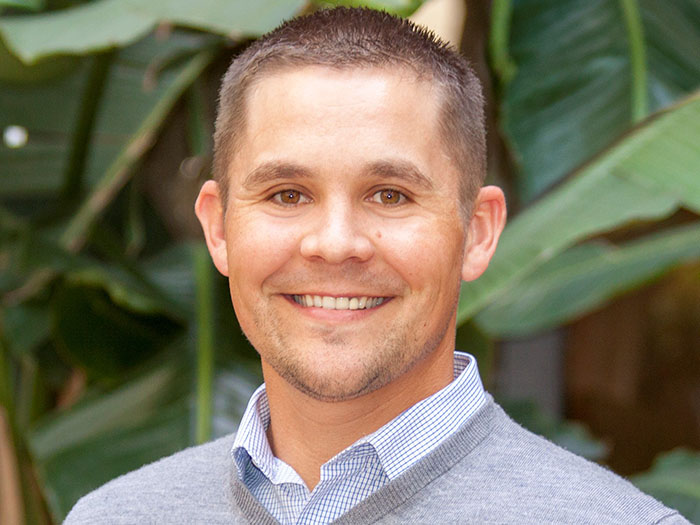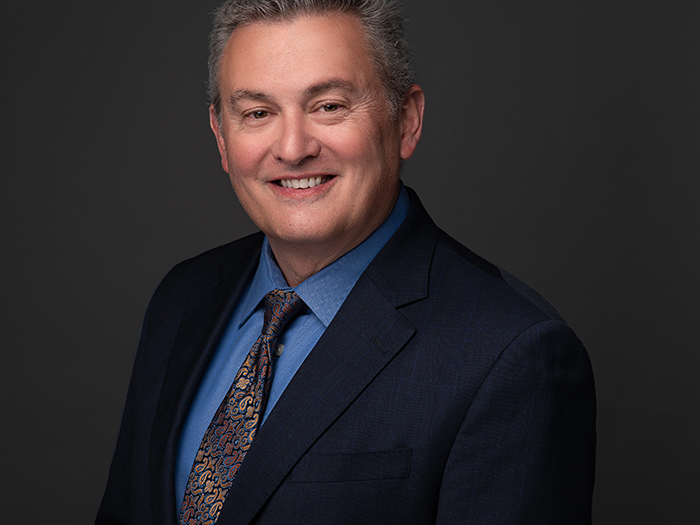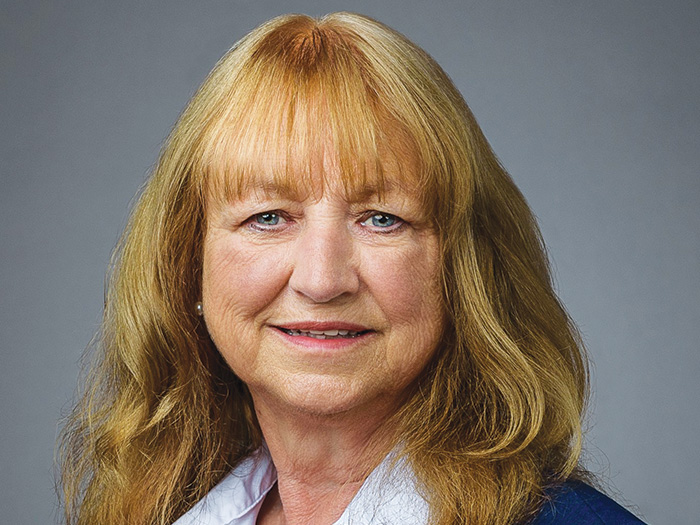Hardening Medical Malpractice Rates, a Slew of COVID Claims and What It All Means for the Health Care Sector

The COVID-19 pandemic has wreaked havoc on all segments of the health care industry, including the medical malpractice market, which has continued to harden over the last 12 months.
As a result, the past year has seen prices, exclusions and limitations increase and capacity reduce, in part because some carriers left the market. The pandemic also placed tremendous pressure on hospitals, health care providers and long-term care facilities.
“The industry anticipates that, in addition to inevitable claims arising from the spread, diagnosis and treatment of COVID-19, there will be claims arising from the pandemic’s impact upon the availability of health care and health care resources, such as claims resulting from the delay or cancellation of procedures deemed elective,” said Dennis Cook, senior underwriting executive, IronHealth, Liberty Mutual.
“The anticipation of these indirect COVID-19 claims has added to the hardening of the market.”
Paula Sullivan, national health care placement leader at Marsh, said the global pandemic that hit the U.S. in early 2020 exacerbated an already challenging medical professional liability (MPL) marketplace.
According to A.M. Best, the MPL industry was entering its seventh straight year operating at a loss prior to the pandemic.
“Reinsurers’ concerns over increased litigation related to the failure to provide a safe environment, rationing of care, delays in diagnosis and treatment, and staff and equipment shortages led to increased underwriting scrutiny, coverage restrictions and further capacity restraints,” Sullivan said.
“In the senior care or nursing home space in particular affirmative coverage for communicable disease coverage remains largely unattainable.”
In an industry that already was operating on very thin profit margins, hospitals faced months of significantly reduced revenue after having to suspend elective procedures.
As Sullivan explained, the impact to the market is an anticipated claims surge emanating out of the delay or denial of deemed “elective” or “non-essential” care later asserted to be critical to the course of treatment.
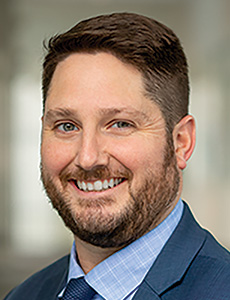
Dennis Cook, senior underwriting executive, IronHealth, Liberty Mutual
Pricing pressure had been building for some time, following more than a decade of rate reductions at the same time professional liability claim values were increasing.
Increased uncertainty around the potential impact of COVID-19 arguably prompted an acceleration of market hardening, with carriers reducing capacity, revisiting retentions, requiring price increases, and ultimately, some carriers exiting the market.
“To date, carriers have focused more on changing price, limit and retentions; however, as insurers we need to work closely with brokers and insureds to further clarify the intent of coverage going forward and find common ground for a more sustainable coverage position,” said Keri Marmorek, focus group leader, miscellaneous medical and life sciences claims at Beazley.
MPL Association president and CEO Brian Atchinson pointed out that one of the biggest changes that came about as a result of COVID is the rapid expansion of telemedicine. With the new, more widespread use of telemedicine, the health care and MPL industries are looking closely at the rules as they relate to standards of care, appropriateness of care and care delivery.
“The next challenge will be how to integrate this important new technology into routine practice — patients and doctors are increasingly comfortable with this new modality, and it is a key tool for increasing access to care,” Atchinson said.
“Going forward, there will need to be a reassessment of the risks associated with telemedicine, as well as a push for consistent regulation of telemedicine across all 50 states — something the industry supports and is working towards.”
The industry is especially interested in ensuring that both health professionals and their patients are aware of and comfortable with the risks and liability implications of medicine being practiced across state lines.
Pending Lawsuit Landscape
MPL insurers are currently concerned about a possible wave of claims in the next two years, as such claims are more likely to be filed shortly before state statutes of limitations come into play and as the public’s memory fades about the extreme conditions under which health professionals had to function over the past year.
Under state directives and the guidance of CMS and other agencies, elective, non-essential or nonemergency procedures or care were delayed during the early stages of the pandemic.
Furthermore, as Meredith Akerlind, manager, IronHealth claims at Liberty Mutual, explained, strained resources may have impacted the ability of health care providers to offer care.
“Although the impact of postponing procedures, visits, screenings or treatment upon patient outcomes may not be known for some time, the industry expects to see an increase of claims alleging failure or delay in treatment or diagnosis,” Akerlind said.
It is too soon to capture data around whether there is already an increase of lawsuits based on delays of treatment or diagnosis, however the industry is watching this carefully. Based on the average statute of limitations for medical malpractice in different jurisdictions, this will likely play out over the next two years.
In addition, potential plaintiffs may first be learning of a delay now as they are returning to a “more normal” course of examinations.
“Many patients turned to telemedicine during the pandemic, which hopefully mitigated against some of the potential delay in services,” Marmorek said.
“However, it is important current providers capture patient information and incorporate any virtual diagnoses they may have received into their current assessments.”
Insurance’s Response
Underwriters continue to carefully evaluate each risk and to partner with brokers and buyers to identify the exposures faced by a potential customer and the best ways to mitigate and manage that risk.
“Given the current market, brokers do well by helping insurers understand the steps a company has taken to mitigate risk and build a culture of safety for patients, employees and the public,” Cook said.
Sullivan has seen a number of long-term medical professional liability reinsurers limit global capacity writings or exit the space completely over the course of the last few years.
“This constraint of market capacity has put further pressure on rates in an already unstable market,” Sullivan said.
“Average rate increases for risks in stable venues with favorable loss experience range from 10% to 35% increases, whereas risks in challenging jurisdictional geographies or with negative claim experience have seen much greater rate increases.”
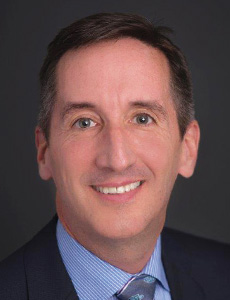
Leo Carroll, senior vice president, head of health care, BHSI
According to Leo Carroll, senior vice president, head of health care at Berkshire Hathaway Specialty Insurance, there have been two carriers that exited the hospital market during COVID, and one that exited shortly before. But at least three new carriers have since entered.
“There still appears to be a relative deficit of available capacity, particularly needed to fill large towers of $150 million in limit or greater, which are typically purchased by large multi-state systems,” Carroll said.
“Rates have steadily risen over the last 18 months, with a marked increase quarter over quarter. More underwriting scrutiny is being given to policy language, terms and conditions. Tightening and clarification of underwriting intent and policy language is happening as often as rate increases. Multi-year deals are dead or rare.”
On the Horizon
Even before the pandemic, the MPL market was facing a confluence of events — rising indemnity payments, a hardening market and a challenging variety of judicial conditions across the 50 states.
Not surprising, the pandemic has meant an added level of uncertainty.
“Health care professionals will continue to face many threats in the coming months and even years, including the specter of medical liability lawsuits stemming from care already provided and treatments and care delayed. Courts have been closed and are only now opening in some jurisdictions,” Atchinson said.
Federal lawmakers have provided some limited protections against liability for volunteers in the Coronavirus Aid, Relief, and Economic Security, or CARES, Act.
Many states have also taken action through executive order or legislation to provide targeted liability protections for medical professionals and facilities on the frontlines.
“In the long run, Congress should take action to establish targeted liability protections for our frontline health professionals for disasters or public emergencies so we don’t need to wait until the next disaster occurs to see if they will act,” Atchinson said.
“In addition, federal liability standards for the provision of telemedicine services between states are essential if we are to create a truly functional telemedicine system nationwide. We are working with stakeholders and interested legislators to determine the most effective way to achieve these goals.”
Of course, insurance is a cyclical market.
While the industry expects loss ratios in 2020 and 2021, Cook said the market will eventually face a correction and plateau or soften. This is already happening to some extent.
“For example, medical malpractice rate increases for miscellaneous or allied medical facilities have plateaued for some types of exposures, while they are more rapidly rising for hospitals and senior care facilities,” Cook said.
And while U.S. courtrooms have been closed for extended periods, the progress of cases and claims has been delayed.
“Our assumption is that when litigation activity returns, claim values are likely to increase once again,” Marmorek said.
“It is unknown to what extent the ‘halo effect’ around health care providers who have worked tirelessly through the pandemic will mitigate this on medical malpractice claims specifically.”
Berkshire Hathaway Specialty is optimistic that the medical liability segment is headed toward a more stable and secure marketplace.
“But the soft market cycle that lasted more than a decade with irrational rate decreases that created a string of unprofitable years is not corrected in one year,” Carroll said.
“Underwriting discipline needs to be more consistent, data-driven and quicker to course-correct in the face of adverse development.” &





